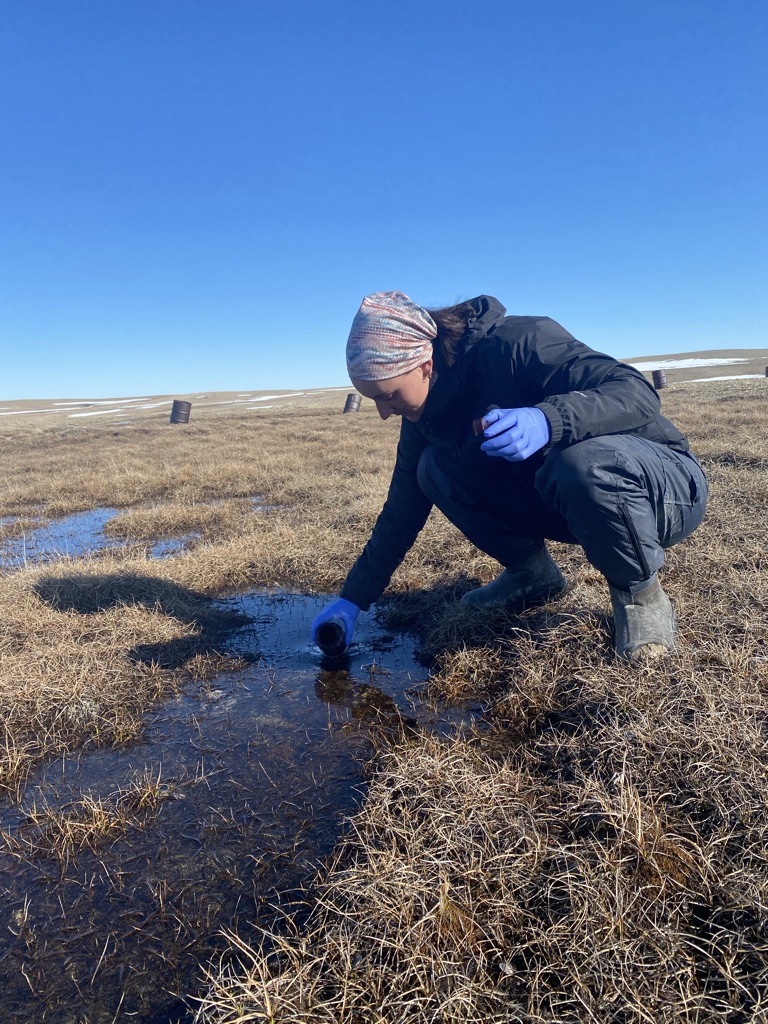Landscape features as controls on water quality in High Arctic Wetlands, Resolute Bay, Nunavut
This research investigates how landscape morphology controls surface water chemistry across the McMaster River watershed located in Resolute Bay, Nunavut. The history of the processes that shape the land surface (geomorphology) and the nature of permafrost can promote spatial heterogeneity in catchment characteristics such as water source (e.g. Groundwater, snow, lake outflow, etc.), the physical properties of the soil, microbial activity, and the geochemistry of the underlying permafrost. These geomorphic characteristics can therefore also result in spatial variations in the seasonal development of the active layer, promoting both temporal and spatial variability in surface water chemistry, such as in wetlands. This work will hopefully enhance our ability to understand how the landscape characteristics in thawing permafrost regions control spatio-temporal variability in the water quality in wetlands in the Canadian High Arctic.

The research is being conducted by MSc. student Veronique Landriault, under the co-supervision of Drs. Melissa Lafreniere and Chris Omelon. The research is part of a larger collaborative research project funded by ArcticNet Network Centre of Excellence.
 Department of Geography and Planning
Department of Geography and Planning